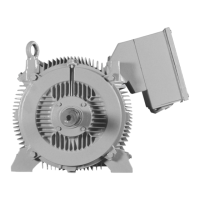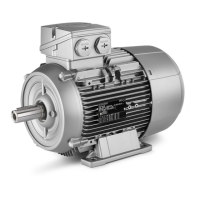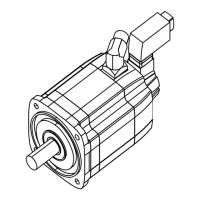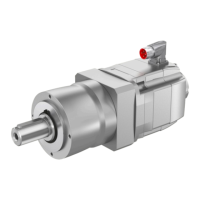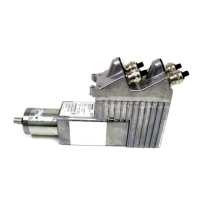Functions
2.10 Monitoring Functions
SIPROTEC, 7SK80, Manual
E50417-G1140-C344-A5, Release date 11.2012
173
If a fault occurs in the voltage transformer secondary system, the following rules apply to the Single-phase
Failure:
If a fault occurs in the voltage transformer secondary system, the following rules apply to the Two-phase Fail-
ure:
In case of a failure of one or two phases of the primary system, the current also shows a negative sequence
system of 0.5 or 1. Consequently, the voltage monitoring does not respond since no voltage transformer fault
can be present. In order to avoid occurrence of an overfunctioning of the measuring voltage failure detection
due to inaccuracy, the function is blocked below a minimum threshold of the positive sequence systems of
voltage (V
1
< 0.1 V
Nom
) and current (I
1
< 0.1 I
Nom
).
Three-phase Failures in Voltage Transformer Circuits
A 3-phase failure in the voltage transformer secondary system cannot be detected via the positive- and nega-
tive-sequence system as described above. The monitoring of the progress of current and voltage over time is
required here. If a voltage dip to almost zero occurs (or if the voltage is zero), and the current remains un-
changed, a 3-phase failure in the voltage transformer secondary system can be concluded. The jump detection
is used for this purpose. The sensitivity of the jump detection for current can be increased via parameter FFM
Idiff (3ph).
2.10.1.6 Broken Wire Monitoring of Voltage Transformer Circuits
Requirements
This function is only available in device version „World“ (Ordering Information Pos. 10 = B) since it is only used
in certain regions. Furthermore, the measurement of all three phase-to-ground voltages (Van, Vbn, Vcn) is
a requirement. If only two phase-to-phase voltages were measured, it would not be possible to evaluate two of
the required criteria.
Task
The broken wire function monitors the voltage transformer circuits of the secondary system with regard to fail-
ure. A distinction is made between single-pole
, two-pole and three-pole failures.

